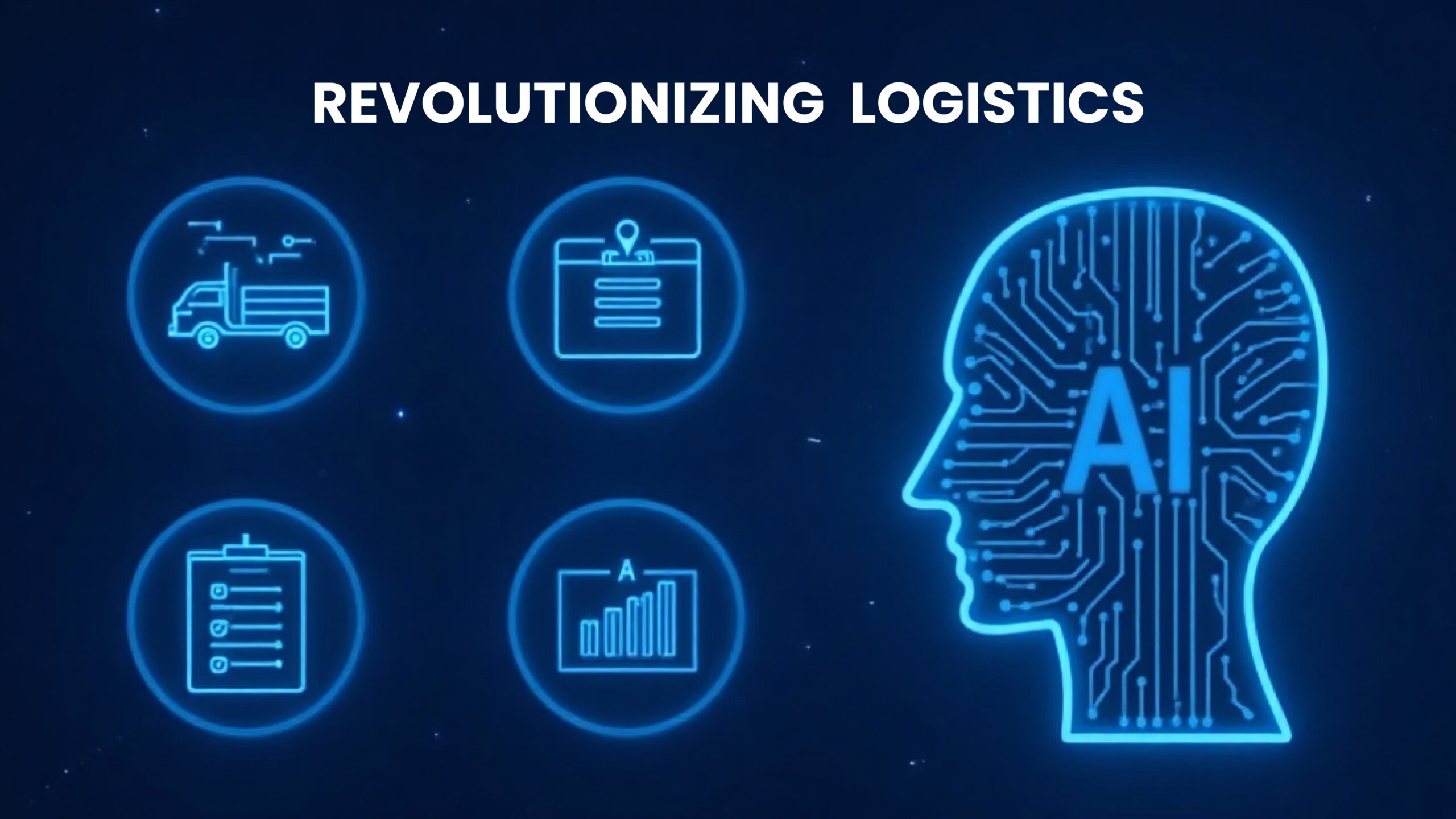In the burgeoning landscape of modern commerce, the efficient movement of goods within urban centers has become a critical determinant of economic vitality and customer satisfaction. To meet the increasing demands for rapid delivery in densely populated areas, a key development has been the emergence of Urban Logistics Hubs (ULHs). These are strategically located facilities and networks designed to streamline the reception, sorting, and distribution of goods within metropolitan areas.
A vital component of many ULHs is the integration of microfulfillment centers (MFCs), which are small-scale warehousing facilities situated within or close to urban areas. These MFCs play a crucial role in facilitating faster order fulfillment and last-mile delivery by storing inventory closer to end consumers, ultimately contributing to the overall efficiency and responsiveness of the ULH. The increasing integration of ULHs in today’s logistics industry marks a significant shift in the industry – chock full of benefits and challenges, but certainly one that promises to revolutionize a key component of the business landscape.
Key Benefits of Urban Logistics Hubs
ULHs offer a multitude of advantages that address the pressing challenges of urban freight management:
- Traffic Decongestion: Traditional freight movement often contributes significantly to urban congestion, with freight vehicles accounting for a substantial portion of road traffic in major Indian cities. Dedicated freight corridors, optimized routes facilitated by AI, and the utilization of non-peak hours for cargo transport via urban infrastructure like metro trains within ULHs can significantly reduce the burden on city roads. Delhi Metro Rail Corporation’s (DMRC) MoU with Blue Dart to use metro trains during off-peak hours exemplifies this approach, aiming to minimize road congestion and vehicular emissions.
- Cost Efficiency: The strategic placement of ULHs closer to end customers minimizes transportation distances, leading to substantial cost savings. Reduced fuel consumption due to shorter routes and the optimization of delivery schedules through AI-powered analytics directly translate to lower operational expenses. MFCs within ULHs further enhance cost efficiency by reducing the reliance on long-distance transportation from regional distribution centers.
- Sustainability: ULHs foster environmentally responsible logistics practices by promoting green mobility through the adoption of electric vehicles (EVs), the utilization of cleaner fuels, and optimized delivery routes to drastically cut emissions. The potential for AI in GCC logistics to lead to more sustainable operations is also a contributing factor. Moreover, MFCs contribute to sustainability by minimizing the distance products travel, thus reducing carbon emissions. A McKinsey study suggests that using MFCs in urban areas could reduce delivery-related emissions by 15-20% if smaller electric delivery vehicles are used.
- Enhanced Delivery Speed: A key feature of ULHs is the integration of MFCs that enable same-day or even 15-minute delivery services. Many quick commerce companies are leveraging these automated hubs to meet the growing consumer demand for hyperlocal delivery efficiently. WareIQ‘s WareIQ Rush platform also aims to help online sellers offer same-day delivery in major Indian metropolises.
Case Studies in India
India, with its rapidly expanding urban population and booming e-commerce sector, presents compelling case studies for the implementation and benefits of ULHs:
- Delhi and Bengaluru’s Model City Logistics Plans: Recognizing the urgent need for efficient urban freight management, the Indian Department for Promotion of Industry and Internal Trade (DPIIT) finalized model City Logistics Plans (CLPs) for Delhi and Bengaluru in November 2024. These initiatives, developed in collaboration with GIZ’s Green Freight Project, aim to provide a structured framework for cities to develop localized logistics solutions.
- Delhi’s focus is on reducing pollution and addressing logistical bottlenecks.
- Bengaluru is tackling traffic density with innovative freight solutions, including the development of urban hubs. The guidelines for preparing CLPs emphasize defining a clear vision and objectives tailored to each city’s unique characteristics.

- MFCs for Quick Commerce: The rise of quick commerce has spurred the adoption of MFCs by various companies in India:
- Companies like Udaan, Swiggy Instamart, and Blinkit are strategically locating small-scale, often automated, hubs within urban areas to facilitate rapid hyperlocal deliveries of groceries and other essentials.
- Flipkart has also adopted a hybrid model, utilizing Kirana stores as MFCs and launching “Flipkart Quick” for faster deliveries.
- Ola Dash is establishing up to 500 MFCs across 20 cities, aiming for 10-minute “Store to Door” delivery.
- Shadowfax uses its delivery and sorting hubs as MFCs for hyperlocal delivery of groceries and medicines.
Technological Integration in Urban Logistics Hubs
Technology is a cornerstone of efficient ULH operations:
- Automation: Robotics and AI-driven systems are increasingly being deployed in MFCs within ULHs to optimize various processes. This includes automated sorting and packing of goods, as well as the potential use of autonomous vehicles and drones for last-mile deliveries. The adoption of modular Automated Material Handling Systems (AMHS) solutions in India is expected to grow by 12.7% CAGR during 2025-2030, driven by increasing demand for automation in the e-commerce, pharmaceuticals, and FMCG industries (Mordor Intelligence report).
- Digital Platforms: Real-time tracking systems and sophisticated route optimization software are integral to ULHs. These digital platforms provide end-to-end visibility of the logistics chain, enabling companies to dynamically adjust routes based on real-time traffic, weather conditions, and other factors. AI-powered analytics further enhance decision-making and help predict demand to optimize resource allocation.
Challenges in Establishing and Operating ULHs
Despite the numerous benefits, the widespread adoption of ULHs faces several challenges:
- Infrastructure bottlenecks in congested cities: Limited space, traffic congestion, and inadequate road and port infrastructure in urban areas remain significant hurdles. Delays caused by traffic congestion on urban roads cost the Indian economy an estimated $22 billion annually in fuel and lost productivity. This statistic highlights the significant economic impact of urban congestion on logistics.
- High initial investment for automation and green mobility technologies: Implementing advanced automation systems in MFCs and transitioning to electric vehicle fleets requires substantial upfront capital investment. The high cost of AI technologies can be a barrier.
- Regulatory hurdles for land acquisition and zoning: Procuring suitable land for establishing ULHs and MFCs in densely populated urban areas can be difficult and time-consuming due to high costs, fragmented ownership, and complex legal procedures. Regulatory restrictions and zoning laws may also pose challenges.
While these challenges exist across various facets of the logistics sector, numerous initiatives, investments, and technological advancements suggest a promising trajectory towards a more efficient, sustainable, and robust future for logistics in India.
Future Outlook for Urban Logistics Hubs in India
The future of urban logistics in India appears promising, with significant growth expected in urban logistics spaces as e-commerce penetration increases nationwide. The demand for faster and more efficient delivery services will continue to drive the need for strategically located ULHs and MFCs. By embracing sustainable practices and technological innovations, ULHs have the potential to transform urban freight management while simultaneously addressing environmental concerns. Government initiatives like the National Logistics Policy (NLP) 2022 and PM GatiShakti National Master Plan (NMP) are already fostering improvements in this domain. The adoption of Logistics 4.0, integrating smart policies, green logistics, and digital technologies, will be pivotal in building a sustainable urban freight ecosystem.
Astravise Services understands the transformative potential of Urban Logistics Hubs and their critical role in optimizing supply chains for businesses operating GCCs in India. With our deep expertise in business consulting and GCC setup services, we can guide logistics companies in strategically planning, establishing, and optimizing their urban logistics operations. Our team provides comprehensive support, from feasibility studies and location analysis to technology integration and sustainability strategy development, ensuring that your business capitalizes on the efficiency and growth opportunities offered by ULHs. Partner with Astravise Services to navigate the complexities of urban logistics and build a resilient, cost-effective, and future-ready supply chain.










